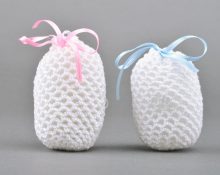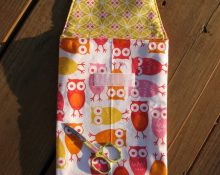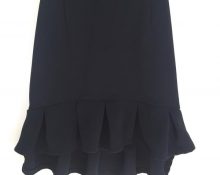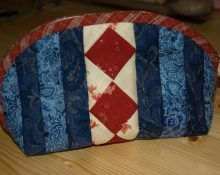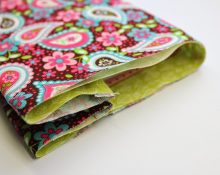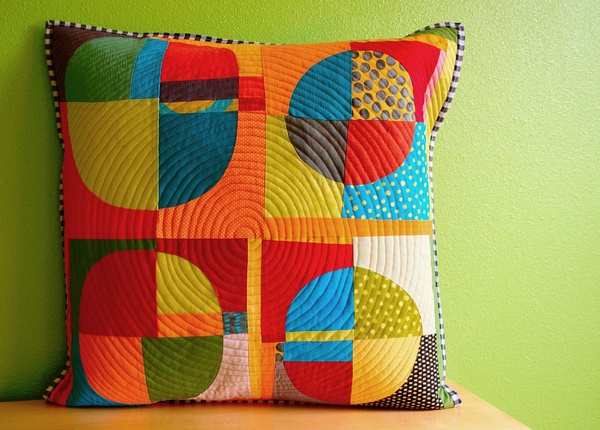
creativecommons.org
Pillows made from leftover curtains are a great idea that will allow you to quickly and virtually freely update the interior of any room. When choosing material for tulle, you always have to take extra. After sewing, a certain amount of fabric remains that was not needed during the work process. Often these leftovers are stored in the closet for a long time, taking up space. They can be used to create an interesting decor in the patchwork style, especially since it is very fashionable now. A decorative element formed from scraps of various fabrics will give the atmosphere freshness and a special style. Even a sewing novice can sew pillows from leftover curtains on their own.
Decorative pillows from curtain remnants - a stylish solution
Sewing from rags has come to us since ancient times, when every material was in short supply. Then it was not permissible to throw away the remaining pieces of fabric.Craftswomen managed to assemble delightful rugs, tablecloths, bedspreads and much more from the smallest scraps. Today, such products are again at the peak of design trends.
First you need to sort out all the remains, estimate their quantity and size. Any fabric, except transparent pieces, is suitable for a pillowcase. Even if the shreds are small, they will dilute the product and give it even more originality. Briefly the sewing process looks like this:
- The pillowcase in which the pillow is currently located is measured. A pattern is formed on paper and cut out.
- Pieces of curtains are laid out on it. It is necessary that they fill the entire paper plane and extend beyond its edges by about twenty centimeters. These will be allowances, allowance for a loose fit, etc. The remainder is then simply trimmed off.
- The remainder is selected according to color and pattern, and stitched.
- The second side of the curtain is created in the same way.
- The two parts on the wrong side are sewn together by machine. The seam runs a centimeter from the edge of the fabric. One edge remains free.
- A snake is sewn into the free edge. The pillowcase is put on the pillow.
How to sew pillows from leftover curtains with your own hands - step-by-step guide
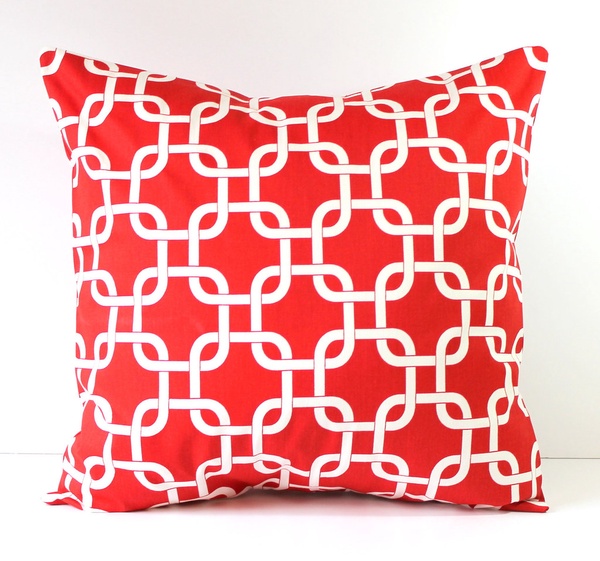
creativecommons.org
Curtains can be made from various materials. They can be combined when creating a pillowcase - the product will only look more interesting. If there are large enough pieces left that are enough to cover one side of the pillow completely, this is a great option to make a double-sided pillowcase. On one side use satin residue, the other side will be satin. Step-by-step instructions on how to make double-sided pillowcases from leftover curtains:
- We prepare everything necessary for sewing. Two types of curtain fabric, sewing equipment. It's good if you have an overlocker.
- We take measurements of the pillow. For example, let’s take a small, decorative cover 55 centimeters long and 40 centimeters wide.
- We make a cut on one of the fabrics - this will be the place where the pillow is inserted. An overlocker is used to finish the seam.
- Before starting sewing, it is advisable to process the edges of the material. Modern fabrics often begin to fray during use.
- Smooth out the seams. Cut out the pillowcase. Let's make a product with small frames around the perimeter. The distance from the edge will be three centimeters.
- We make rectangular patterns, adding eight centimeters of reserve to the size of the pillow. One centimeter for allowances, three for the frame on each side. Overall - eight. The short side of the rectangle is 48 centimeters, the long side is 63 centimeters.
- Place the two pieces with right sides facing each other. Sew at a distance of a centimeter from the edge. Turn the product inside out.
- To secure the product, we fasten the fabric with pins at several points. On the front side we make a repeat seam along all edges. To create a flat frame of fabric around the soft part, we retreat three centimeters from the edges. In order for the stitching to be as even as possible, a line along which the machine will go is first drawn.
- Iron the finished product. The iron is not suitable for all fabrics. Ironing of satin and silk products is not recommended.
- We put on a pillow.


 0
0
